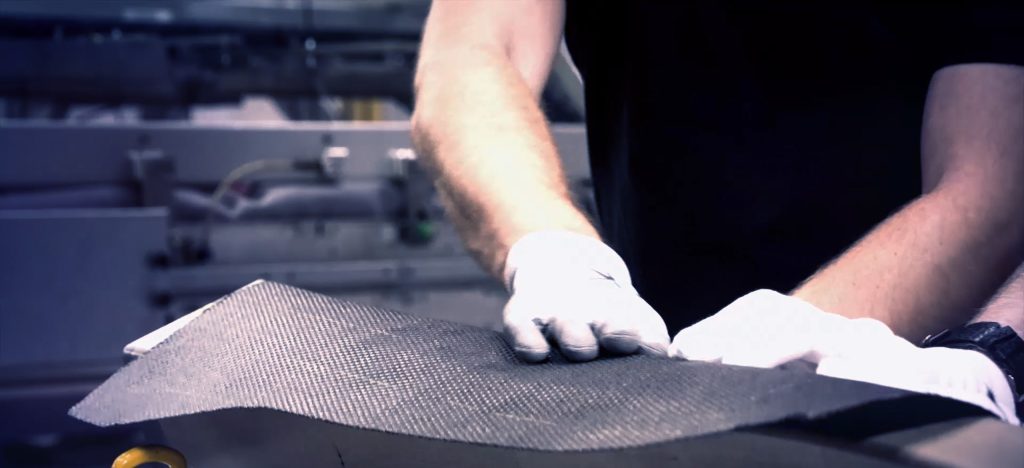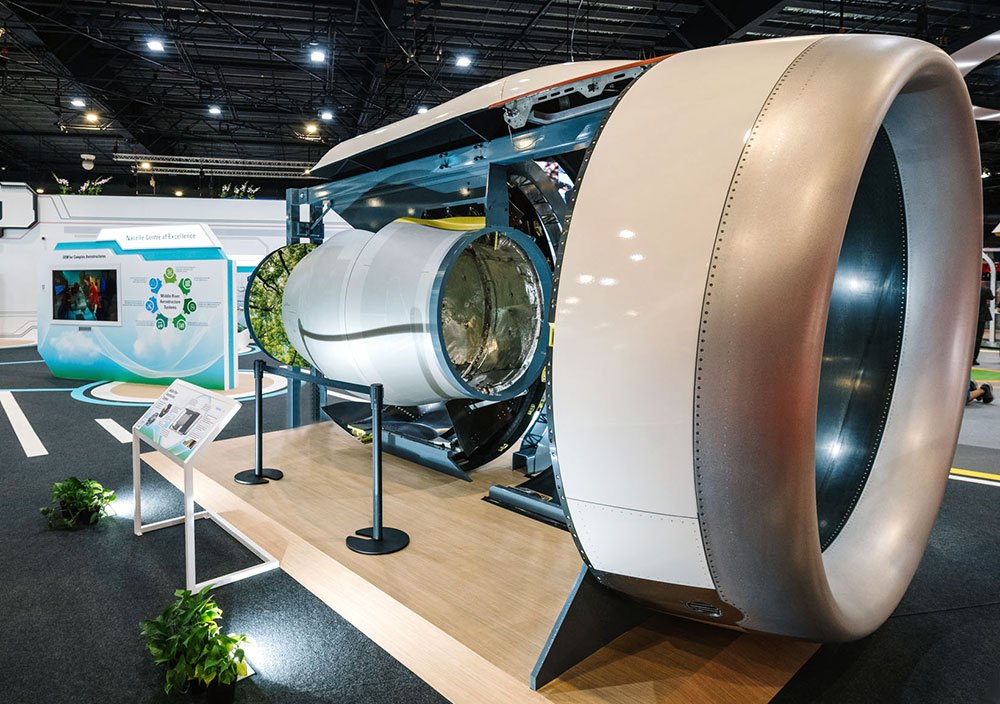- August 30, 2022
How MRAS managed to automate their Time Sensitive Material management

How can you reach 40% rework reduction, and 10% - 15% inventory reduction?
The traditional process of monitoring and managing material is mainly manual, where inaccuracies and human error are not uncommon. It often results in unused, expired, wasted materials, which obviously come at a cost for the manufacturer and have an impact on the environment (composite materials require special disposal methods). In today’s reality, where supply chain delays greatly impact on late arrival of new material and costs are up, it is even more crucial to avoid material waste as much as possible. Typically, when material is needed for production, an operator takes a roll from the freezer. In many cases, the operator chooses the closest item to the door and not necessarily the optimal one (in terms of length, expiration, and more). The operator may not choose a short roll because it’s easier to upload a new roll on a cutting machine. This leads to inefficiency and a bad remnant strategy. In addition, manual defrost time management also leads to wasted time that might lead to latency in delivery and bottlenecks. The operator manually records when the roll was removed from the freezer – a repetitive and time-consuming operation.

With the solution, material info is automatically collected from factory sensors and logged through the entire manufacturing process, eliminating manual reporting and paperwork. MRAS now automatically tracks the location of materials and their remaining shelf-life across freezers, chillers, storage locations and production areas. The software shows location, condition and status of all materials, hence spending time on searching for material or kits does not happen anymore. The materials are located in real time. The software automatically starts counting exposure time and when needed, alerts are triggered. The material smart selection solution also smartly assigns material according to its expiration date, shelf-life, length and other parameters to work orders, and creates optimal cut plans that fit the orders, maximize roll usage and minimizing waste. This has resulted in a significant, cost-saving improvement, increased material yield and compliance with audits.
On average, this results in productivity gains and cost savings, reaching up to 40% rework reduction, 10% – 15% inventory reduction and up to 20% reduction in quality risks.

What’s Inside: manufacturers’ real-life examples
- How to Automatically Monitor Time Sensitive Material
- How to Automate Material Receiving
- Optimizing Dynamic Cut & Kit Operations for Maximized Material Utilization
- How to Track Tools and Avoid Production Disruptions
- Optimizing Layup Operations for Increased Utilization and Speed
- Optimizing Autoclave Utilization & Throughput